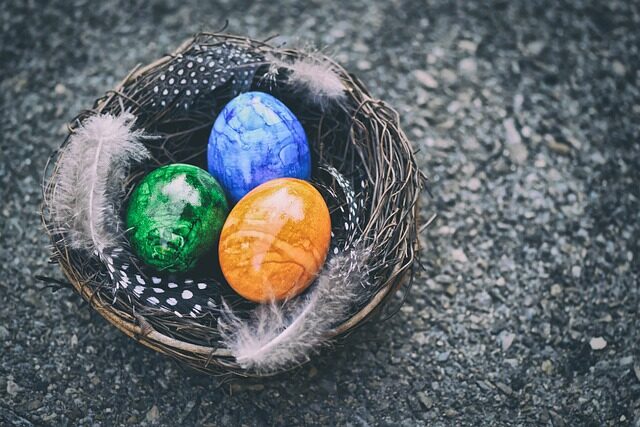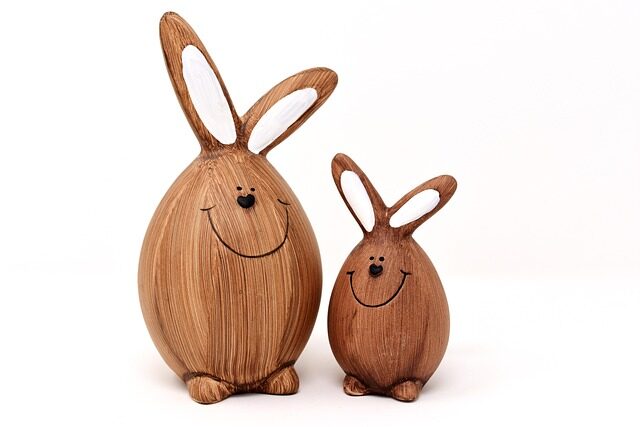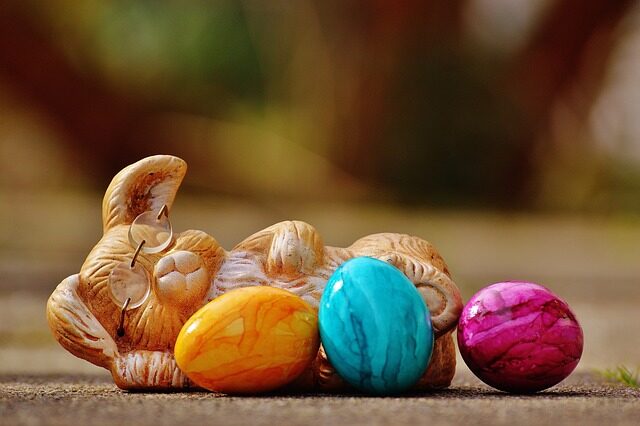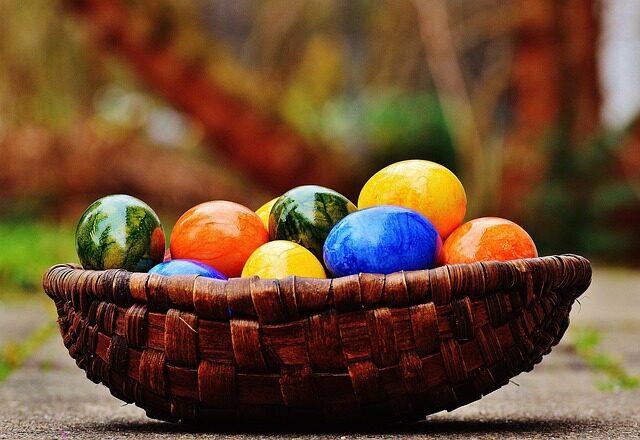Easter in Norway is not just a holiday; it’s an experience wrapped in joy and mystery. As winter’s grip loosens, Norwegians embrace the budding spring with unique traditions and a festive spirit known as «påskestemning.»
Whether you’re looking to adopt Norwegian customs or simply curious about how to enjoy Easter like a Norwegian, this guide offers a glimpse into the heartwarming and cheerful ways Norwegians celebrate this cherished time of the year.
- Why Is Easter Mysteriously Happy in Norway?
- What Are the Key Norwegian Easter Traditions?
- How Do Norwegians Celebrate Easter at Their Cabins?
- What Traditional Foods Are Eaten During Easter in Norway?
- What Activities Can You Enjoy During Easter in Norway?
- How to Prepare for a Norwegian Easter Holiday?
- What Is the Importance of «Påskestemning» in Norwegian Easter?
- Why Is Easter Mysteriously Happy in Norway?
- What Are the Key Norwegian Easter Traditions?
- How Do Norwegians Celebrate Easter at Their Cabins?
- What Traditional Foods Are Eaten During Easter in Norway?
- What Activities Can You Enjoy During Easter in Norway?
- How to Prepare for a Norwegian Easter Holiday?
- What Is the Importance of «Påskestemning» in Norwegian Easter?
Why Is Easter Mysteriously Happy in Norway?
In Norway, the Easter holiday is synonymous with relaxation and happiness. The mystery lies not in the festivities themselves but in the profound sense of well-being that permeates the Norwegian Easter, or «Påske.» This time of year is often marked by the first hints of spring, with longer days and melting snow, providing the perfect backdrop for a renewed sense of joy after the long, dark winter.
Many Norwegians take advantage of the consecutive public holidays—Maundy Thursday, Good Friday, and Easter Monday—to disconnect from their everyday routines and connect with nature and loved ones. The concept of «påskestemning,» or Easter atmosphere, plays a significant role, emphasizing coziness, warmth, and family togetherness.
The mystery also extends to «påskekrim,» a tradition where families indulge in crime novels, TV series, or radio shows, engrossing themselves in thrilling mysteries during their Easter breaks. It’s a unique Norwegian twist that adds an element of intrigue to the holiday spirit.

What Are the Key Norwegian Easter Traditions?
Norwegian Easter is rich with traditions that are both unique and delightful. From outdoor adventures to sweet treats, many customs have been passed down through generations and remain integral to the Norwegian Easter experience.
- Easter Eggs: Unlike their chocolate counterparts elsewhere, Norwegian Easter eggs are often decorative cardboard creations filled with small candies and treats.
- Orange Consumption: It’s a peculiar, yet essential Norwegian Easter tradition to consume copious amounts of oranges during the holiday.
- Skiing Trips: Many families take to the slopes, enjoying the last of the season’s snow with leisurely ski outings.
- «Kvikk-lunsj»: This chocolate bar, similar to KitKat, is a must-have snack for any outdoor Easter activity.
- «Påskekrim»: The Easter crime fiction is as essential to Norwegians as the holiday itself.
The essence of Norwegian Easter lies in embracing nature, indulging in good reads and sweet delights, and spending quality time with family and friends.
How Do Norwegians Celebrate Easter at Their Cabins?
One of the most cherished Norwegian traditions is the Easter cabin trip. Many families own or rent a «hytte» (cabin) in the mountains where they can retreat from city life. The cabins represent a sanctuary where one can enjoy the last remnants of winter and welcome spring.
Cabins are often equipped with cozy fireplaces and large windows to soak in the surrounding nature. Here, families gather around to play board games, share meals, and create lasting memories.
With the cabin as their base, Norwegians partake in a wide range of activities, including cross-country skiing, snowshoeing, and even participating in organized Easter competitions or treasure hunts.

The cabin also becomes a place to unleash creativity, with Easter egg painting and crafting becoming a fun activity for all ages.
What Traditional Foods Are Eaten During Easter in Norway?
When it comes to food, Norwegian Easter has its own unique flair. The traditional Easter menu often features dishes that are hearty and provide plenty of energy for the active holiday.
- Lamb: Many families serve «påskelam,» a roasted leg of lamb, as the main course.
- Fish: Fresh fish, particularly cod or salmon, is also a common sight on the Easter table.
- «Kvikk-lunsj»: This chocolate treat is a staple for any outdoor excursion during Easter.
- Oranges: The citrus fruit has become an unofficial symbol of Norwegian Easter, enjoyed both at home and during cabin trips.
The emphasis on food during Easter is not just about sustenance; it’s about creating a festive and joyful atmosphere that complements the spirit of «påskestemning.»
What Activities Can You Enjoy During Easter in Norway?
Easter in Norway is the perfect time to embrace outdoor activities, especially those that make the most of the lingering snow and emerging spring.
- Skiing: Whether it’s downhill or cross-country, skiing is a national pastime during Easter.
- Hiking and Snowshoeing: For a slower pace, many take to the trails to enjoy the scenery on foot.
- Egg Painting: A creative activity for the family, painting Easter eggs is both fun and artistic.
For a more relaxed experience, many opt to soak in the warm sun on their cabin porches, reading a book or enjoying the company of friends and family.

Norwegian Easter is also an excellent time for reflection and relaxation, with many taking the opportunity to unwind and «recharge» before the hustle and bustle of everyday life resumes.
How to Prepare for a Norwegian Easter Holiday?
To truly enjoy Easter like a Norwegian, preparation is key. Planning your activities, gathering the necessary gear for outdoor pursuits, and ensuring you have all the traditional foods and treats are all part of the process.
Shopping hours during Easter can be limited, so it’s wise to stock up on groceries and essentials in advance. Additionally, booking accommodations early is crucial as cabins and hotels in popular areas tend to fill up quickly.
For those looking to partake in «påskekrim,» selecting your crime novels or shows ahead of time will guarantee you’re not left without entertainment during the holiday.
What Is the Importance of «Påskestemning» in Norwegian Easter?
The term «påskestemning» encapsulates the very essence of Easter in Norway. It’s a feeling of coziness, contentment, and the joy of spring’s arrival. This atmosphere is created through a combination of traditional activities, time spent with loved ones, and the embrace of nature.

Norwegians cultivate «påskestemning» by decorating their homes with bright colors, often yellow and green, to symbolize the life and warmth returning to the landscape. This deep-rooted sense of well-being is what makes Norwegian Easter so special and why many hold the holiday close to their hearts.
As you plan your Norwegian Easter, take a moment to watch this engaging video about Easter traditions in Norway:
Understanding and embracing «påskestemning» is central to experiencing Easter like a Norwegian. Whether it’s through a quiet moment of reading, a vigorous day of skiing, or simply enjoying a «Kvikk-lunsj» with family, the Norwegian way of Easter is all about balance, happiness, and the celebration of life.


